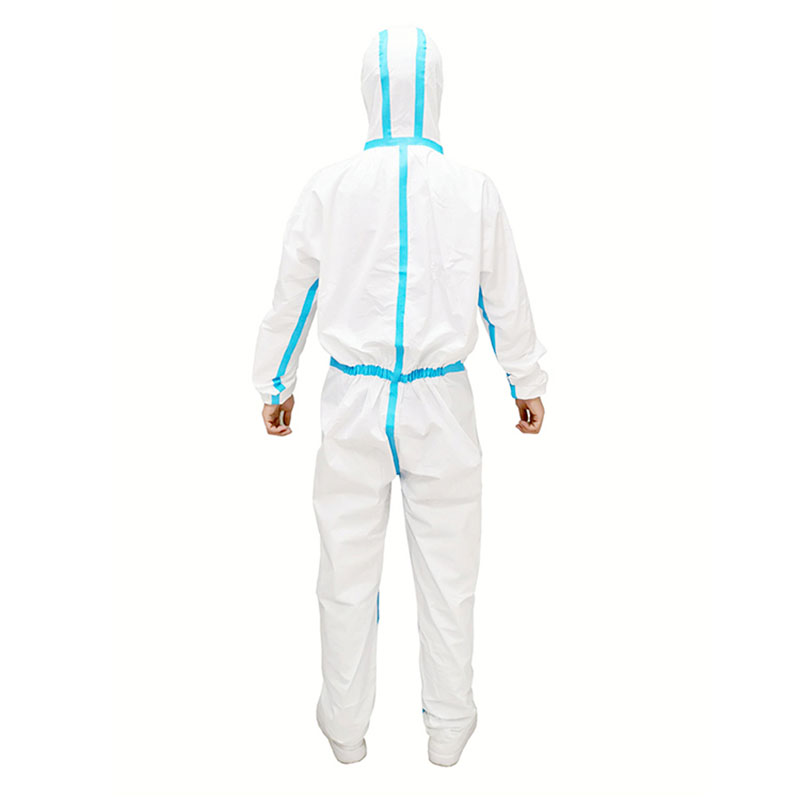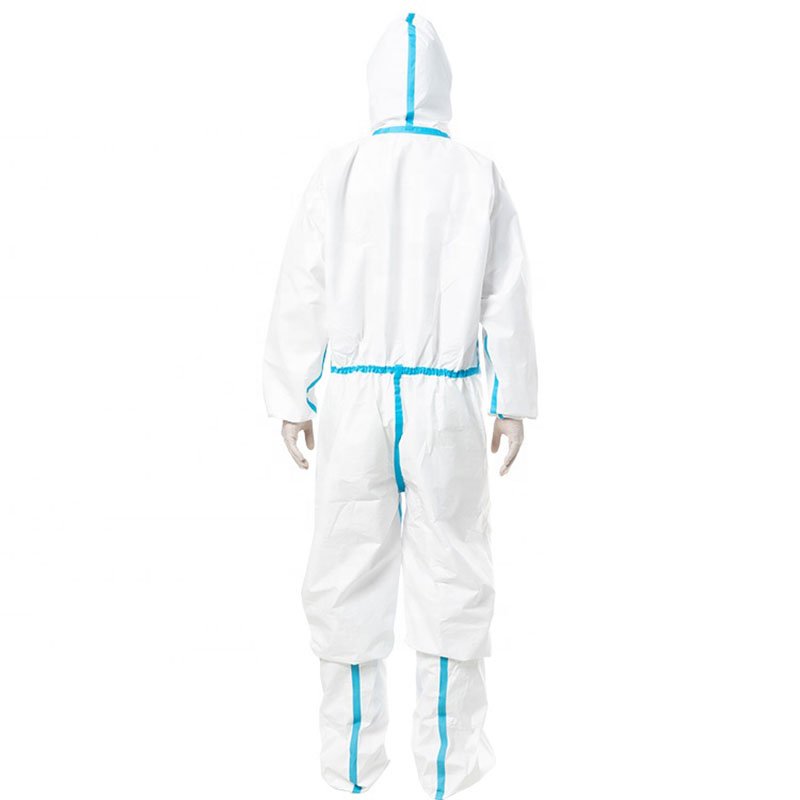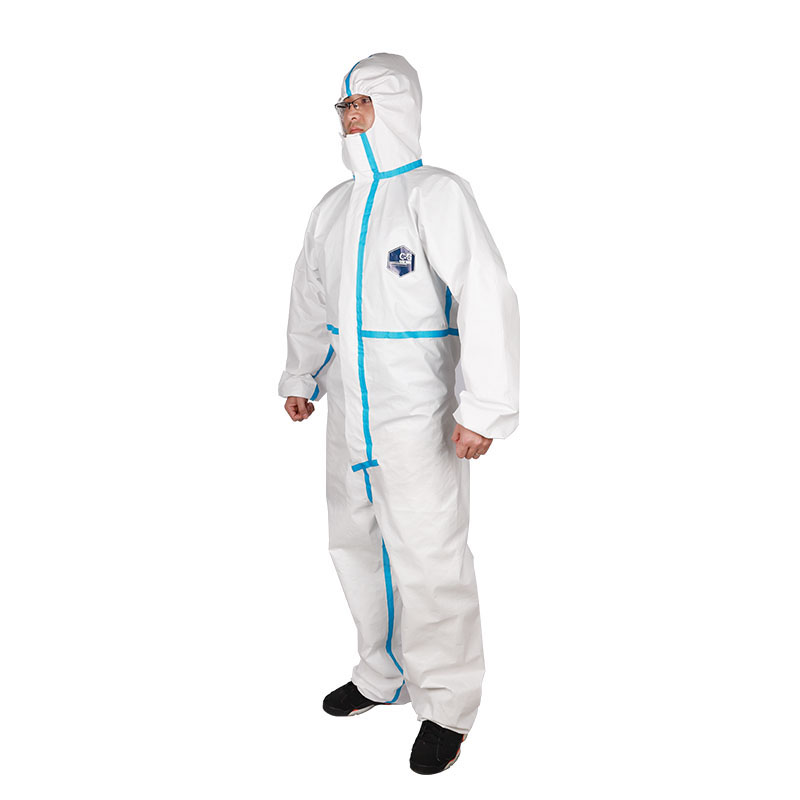Protein Technology Topics: Electron Transfer Experiments
Many membranes can be used as solid phase supports for protein electrotransfer, such as diazotized cellulose membrane (DPT, DBM), DEAE-cellulose membrane, nylon membrane, etc., but the most used is nitrocellulose membrane (NC membrane). The membrane binds to the protein in a non-covalent hydrophobic interaction with a binding capacity of about 80 μg/cm 2 . Experimental method basic scheme experimental material protein 2. Soak the cut 3 MM filter paper and NC membrane in transfer buffer for 3-5 minutes. 3. Install the transfer unit as follows. Place the plastic holder flat on the tray containing the transfer buffer and place a sponge on the plastic holder. 4. Align the 3 3MM filter papers on the sponge, then place the NC film, gel, and 3 additional paper and sponges in turn. 5. Clamp the above layers with a plastic bracket and place them in the electric transfer tank. The NC film faces the positive electrode and the gel faces the negative electrode. 6. Switch on the power supply voltage of 120 mA and transfer for more than 6 hours or overnight. 7. After the transfer is completed, remove the plastic support, remove the layers in turn, mark the upper edge of the film with a pencil, cut half of the film corresponding to one of the holes, and stain with amino black or Coomassie blue to check the transfer effect. . 8. Place the remaining NC film on a clean 3 MM filter paper and let it dry for 30 to 60 minutes at room temperature (may not be done). 2. Wear gloves during operation. Do not touch directly with your hands. The sweat and secretions on your hands will directly affect the transfer of protein from the gel to the membrane. 3. When placing the NC film and filter paper, there should be no air bubbles between each layer, otherwise the transfer effect will be affected. 4. The molecular weight of the protein to be transferred determines the transfer time, the molecular weight is large, and the transfer time is long, and vice versa. 5. Drying, although allowing proteins to bind more strongly to the membrane, may also exacerbate the protein
Medical protective clothing refers to the protective clothing used by medical personnel (doctors, nurses, public health personnel, cleaning personnel, etc.) and people entering specific medical and health areas (such as patients, hospital visitors, personnel entering infected areas, etc.). Its function is to isolate germs, harmful ultrafine dust, acid and alkaline solutions, electromagnetic radiation, etc., to ensure the safety of personnel and keep the environment clean.
protective clothing,personal protection,disposable surgical protective clothing Shanghai Rocatti Biotechnology Co.,Ltd , https://www.shljdmedical.com
Reagent, kit transfer buffer, methanol electrode buffer
Instrument, consumables, electrotransfer, electrophoresis
Experimental procedure
1. Cut 6 pieces of 3 MM filter paper and one NC film.
Precautions
1. The size of the paper and film should not be larger than the size of the glue to be transferred. Otherwise, a short circuit will occur during the transfer process, which will affect the transfer effect.



